Album: A Tarbosaurus Travels from Auction to Courtroom
A Dinosaur’s Journey
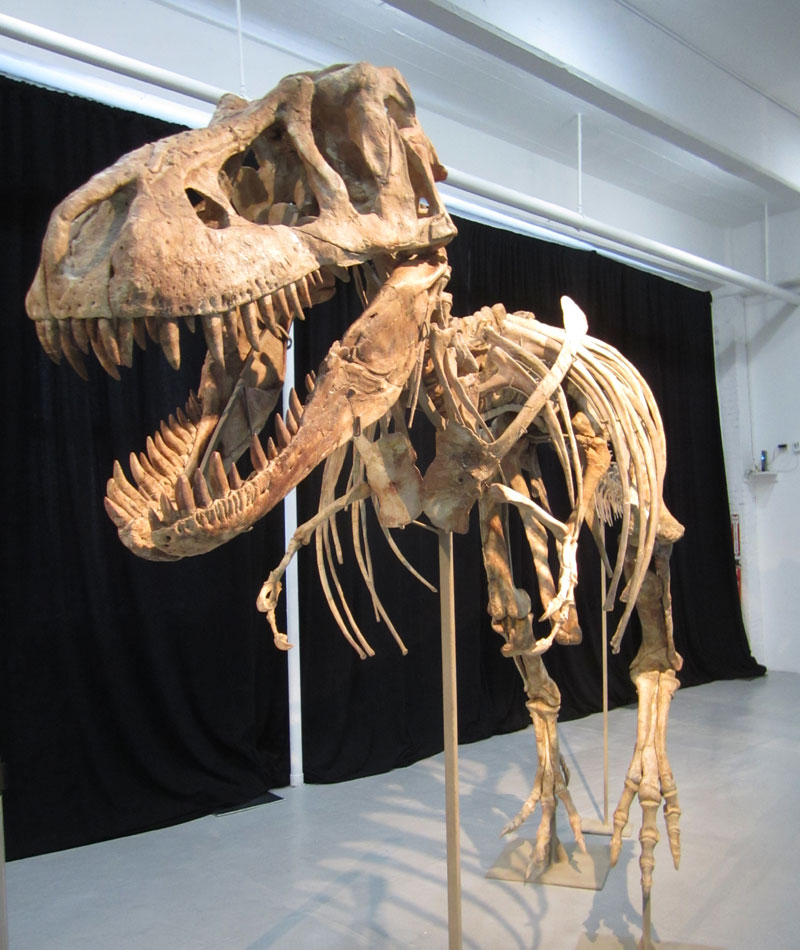
Forget about walking the Earth 70 million years ago with other dinosaurs, the remains of a type of tyrannosaur called Tarbosaurus have had their share of excitement among humans. This fossilized dinosaur has traveled halfway around the world, and is now the subject of a legal battle to determine its ownership, since paleontologists and Mongolian officials contend it was taken illegally out of that country. Meanwhile, the dealer who attempted to sell the dinosaur says the dinosaur become a “political trophy.”
A Familiar Face
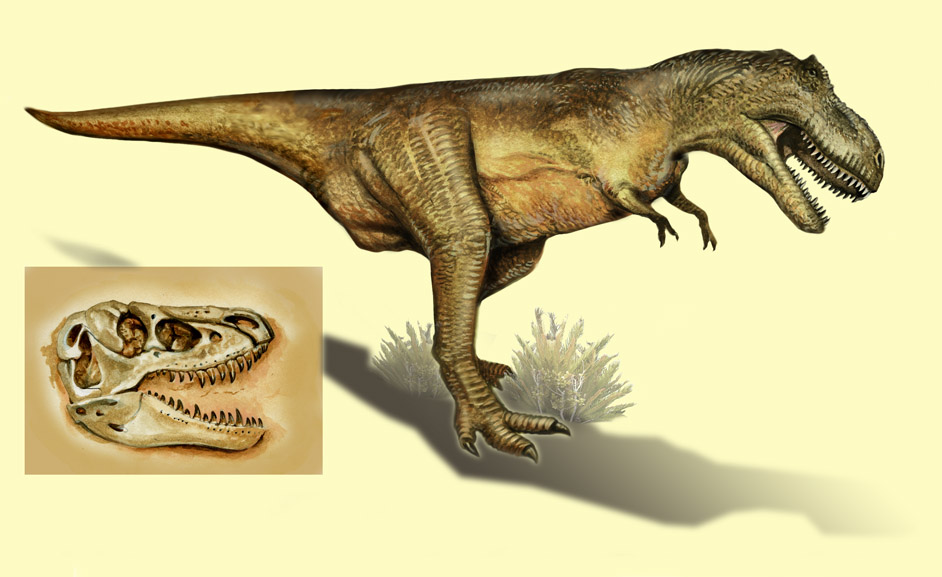
The species of dinosaur that left these fossils is a called both a Tyrannosaurus bataar and a Tarbosaurus bataar. This clearly identifiable material from the Tarbosaurus has been found only in the Nemegt Formation in Mongolia, and it is considered an Asian relative to the North American Tyrannosaurus rex. Both had powerful jaws and teeth, big back legs. Tarbosaurus, shown above, had arms that were even tinier than those of T-rex.
Up for Auction
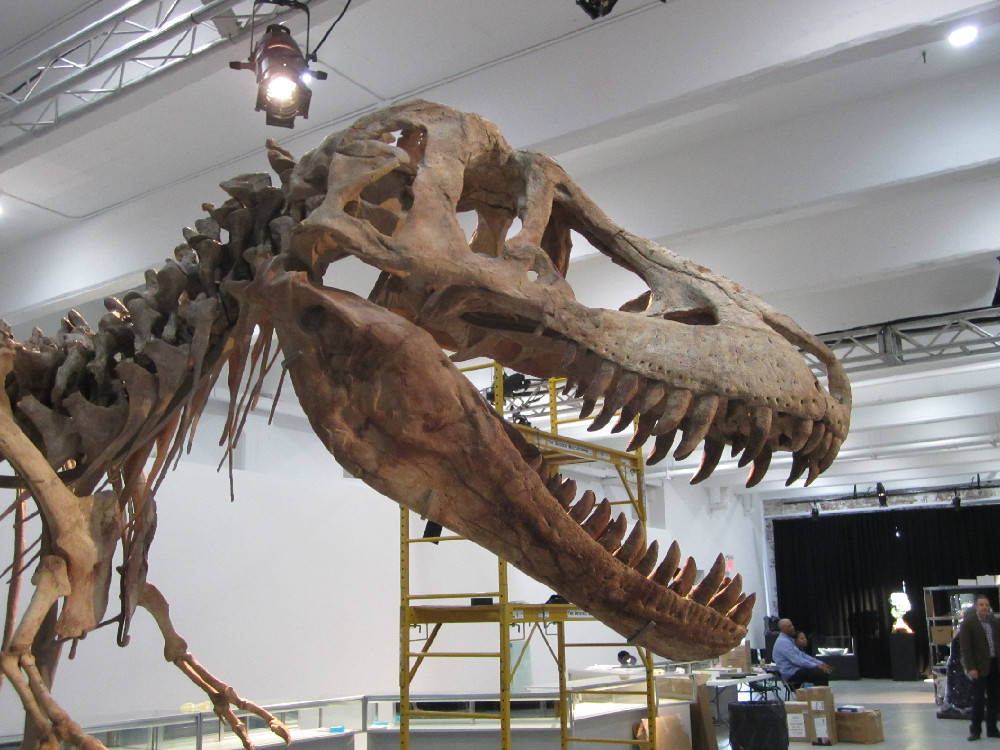
In May, Heritage Auctions began advertising a natural history auction with the 75-percent complete Tarbosaurus bataar as its crown jewel. David Herskowitz, natural history director for Heritage Auctions, described the 8-feet (2.4-meters) tall and 24-feet (7.3-meters) long skeleton as "an impeccably preserved specimen of the sort that is almost never seen on the open market." Above, the dinosaur is on display as workers prepare for the May 20 event in New York City.
An Illegal Origin?
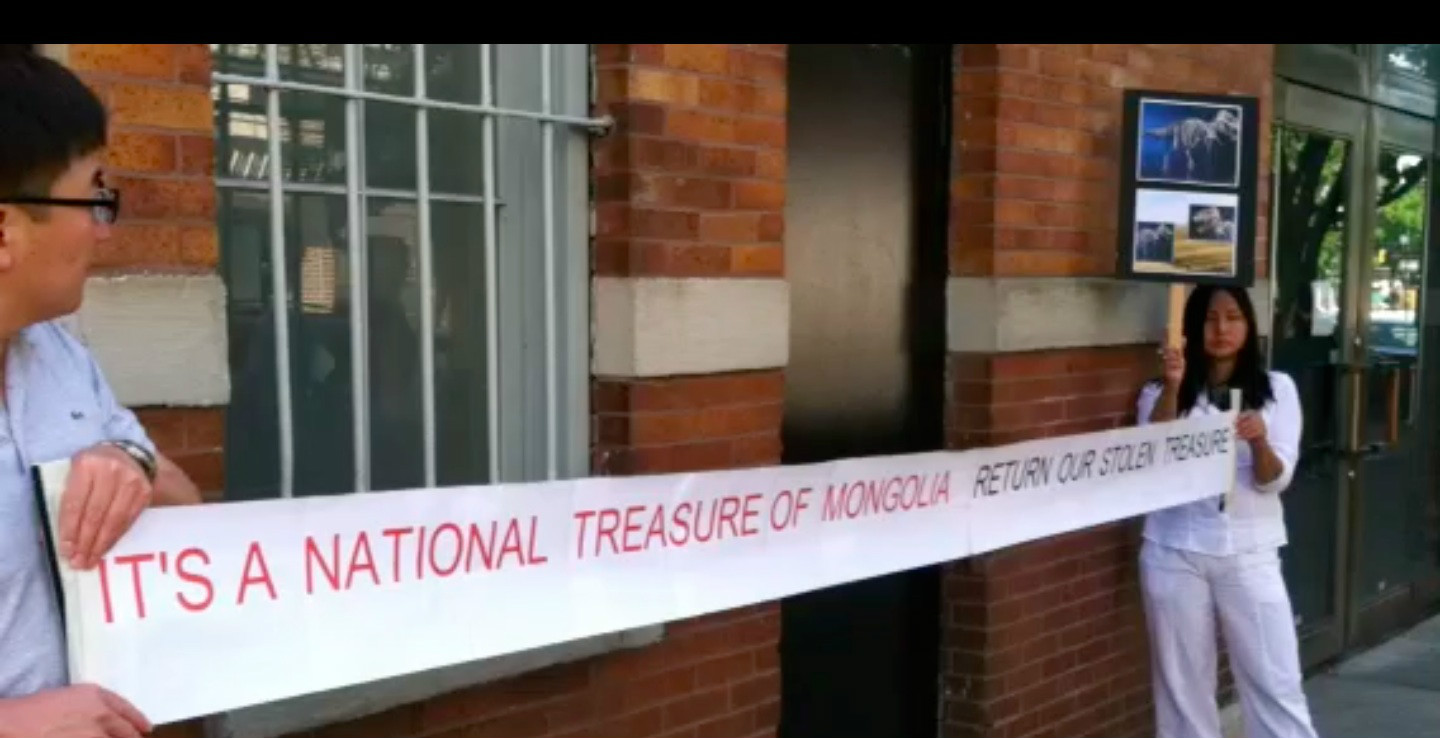
News of the auction caught the attention of Mongolian President Elbegdorj Tsakhia as well as paleontologists, who expressed concern that the dinosaur was almost certainly taken illegally from Mongolia. (Mongolian law makes vertebrate fossils found within its borders state property.) On May 20, a handful of protestors supporting the Mongolian claim gathered near the site of the auction, as shown above. The Mongolian President attempted to stop the sale, however, Heritage Auctions sold the specimen for nearly $1.1 million on the condition that the courts approve the sale.
An Investigation
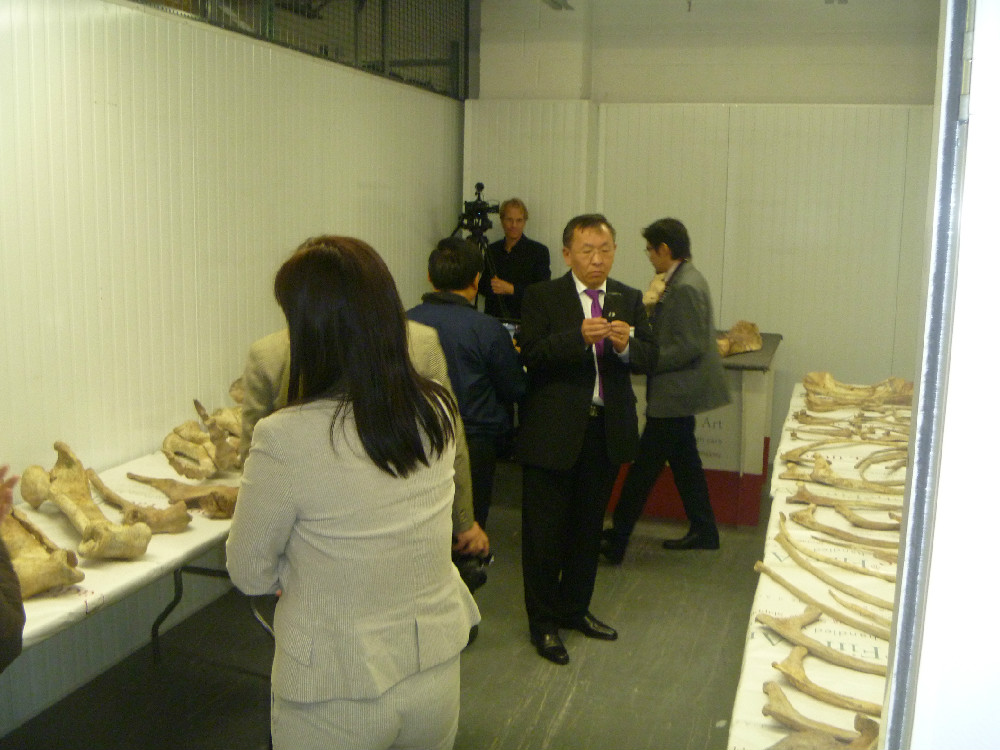
On June 5, paleontologists and Mongolian officials visited the facility where the bones were being held after the auction, as shown above. Their goal: To determine if they belong to a Tarbosaurus bataar, an Asian relative to the North American Tyrannosaurus rex. Clearly identifiable Tarbosaurus bataar fossils have only been found in one rock formation, the Nemegt, in Mongolia. The four paleontologists who submitted reports agreed, this dinosaur was a Tarbosaurus bataar. This didn’t come as a surprise; most had said earlier that the fossils were almost certainly from Mongolia.
Details in the Bones
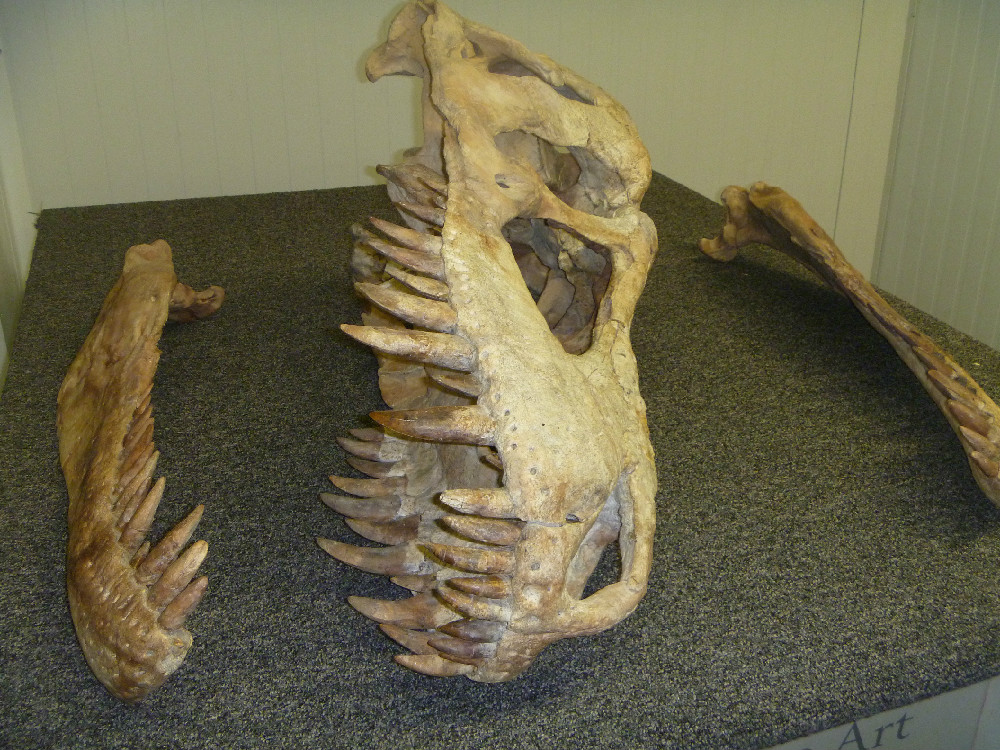
Philip Currie, one of the investigating paleontologists, said these fossils were most likely subject to two rounds of poaching. Often unskilled poachers remove just the teeth and claws from fossils, leaving the rest, said Currie, who works in Mongolia. This appears to have happened in this case, since many of the teeth and claws are missing, he said. Those who excavated the rest had more skill, but the job still wasn’t well done. "There is a lot of restoration done on the bones to make them look good, but when you look closely at it you can see there is a lot of plaster restoration towards the ends of the bone, a lot of the processes [protrusions] are broken or chipped off and gone," Currie said the day after the investigation. Shown above, the dinosaur’s skull laid out for the investigation.
Not the Only One
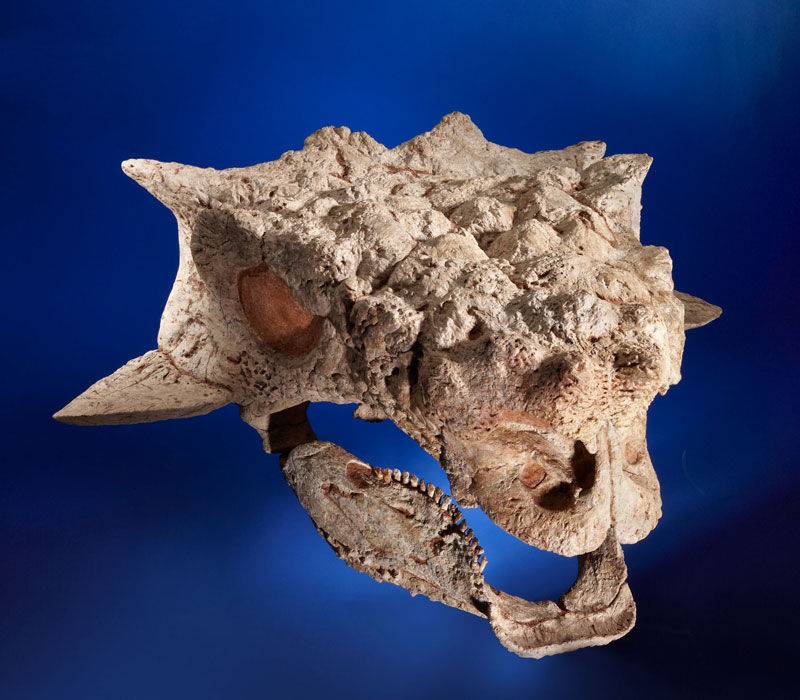
Although the Tarbosaurus skeleton is the subject of the dispute, other, smaller items sold during the auction were also likely taken illegally from Mongolia, paleontologists say. These included Tarbosaurus teeth and the distinctive skull of an ankylosaurid, an armored dinosaur, shown above. The illegal excavation of fossils is a serious problem in Mongolia, as well as elsewhere, including the U.S., paleontologists say.
Get the world’s most fascinating discoveries delivered straight to your inbox.
A Federal Case
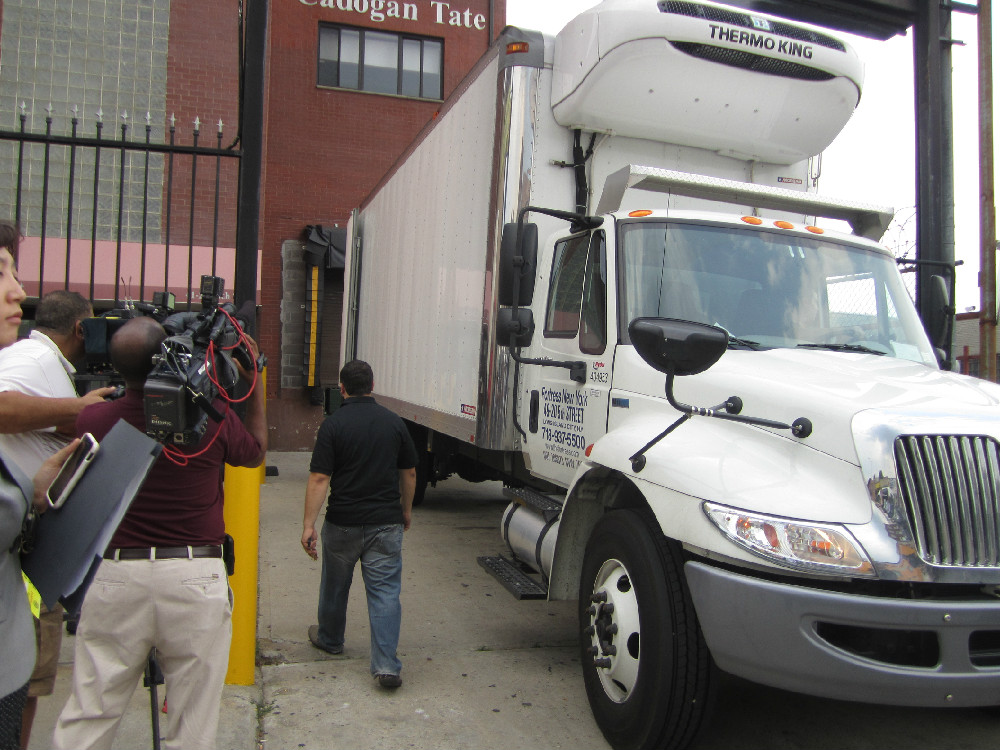
On June 18, the U.S. Attorney for the Southern District of New York announced a civil suit claiming the federal government had the right to seize the Tarbosaurus because those who imported it did so knowing it was stolen, and the customs forms accompanying it contained false information. Federal agents then got a warrant to pick up the bones and take them into protective custody until the case is resolved. Above, a truck arrives to take the fossils from their Queens storage facility to an undisclosed location on June 22.
The Fossil Dealer
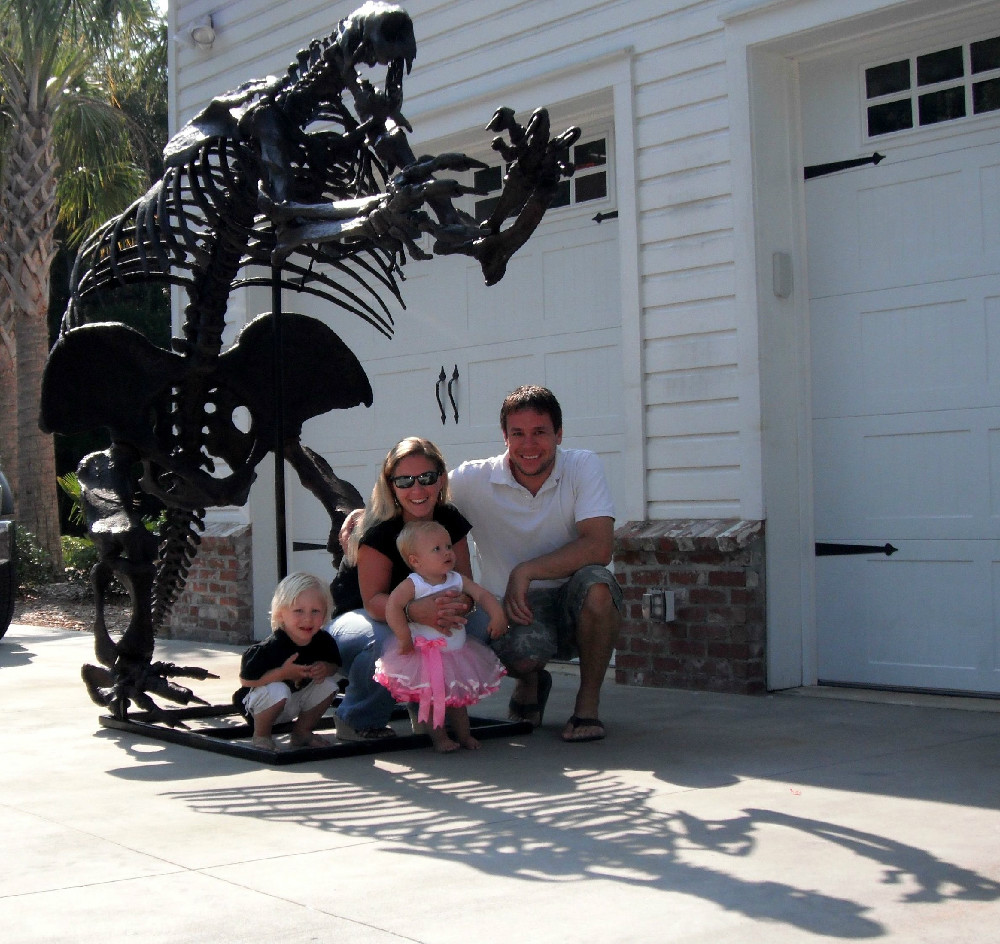
Eric Prokopi, the Florida fossil dealer, who restored the Tarbosaurus and was attempting to sell it at the public auction, released a statement dated June 22 saying “I'm just a guy in Gainesville, Florida trying to support my family, not some international bone smuggler.” Prokopi denied paleontologists’ assertions that the skeleton must have come from Mongolia and the U.S. Attorney’s claim he made false statements on customs documents. The disruption of the sale as been financially devastating to him, Prokopi wrote. “All I can do now is hope and pray the American legal system will uphold American laws and not sacrifice my rights and freedoms to please a foreign government out for a political trophy.” Prokopi is shown above with his family in front of one of his earlier restoration projects, the skeleton of a giant ground sloth.



